Table of Contents
Ever stared at a stunning sleeve or back piece featuring fierce dragons, serene koi, or swirling waves and wondered about the story behind it? You're not alone. Tattoo designs japanese, known traditionally as Irezumi, are more than just ink on skin; they are living history books, steeped in centuries of mythology, spirituality, and artistry. These aren't your average flash tattoos you pick off a wall. Each element, from the main subject to the background filler like wind bars or cherry blossoms, carries deep meaning, reflecting ancient beliefs, personal journeys, or even a touch of rebellion.
The Ancient Roots and Meaning Behind Tattoo Designs Japanese
The Ancient Roots and Meaning Behind Tattoo Designs Japanese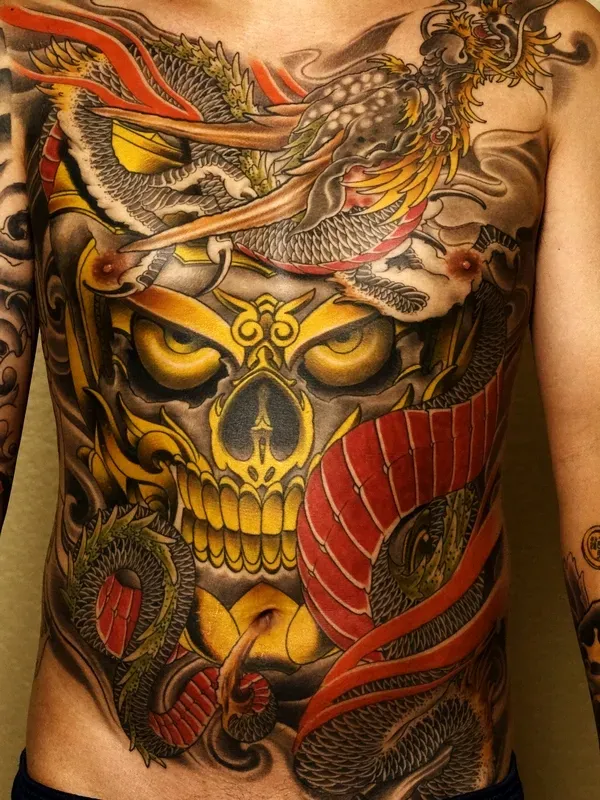
More Than Just Decoration: Early Markings and Social Status
Alright, so you're digging into the history of tattoo designs japanese? Prepare for a wild ride that goes back way further than you probably think. We're talking the Jomon period, like 5000 BCE. Evidence suggests people were already marking their bodies, though whether it was purely decorative, spiritual, or tribal identification is debated. Fast forward to the Yayoi period, around 300 BCE, and Chinese historical texts actually mention the Japanese people having designs on their faces and bodies, describing them as markers of social rank or status. So, right from the get-go, these weren't just random doodles; they served a purpose, telling a story about who you were and where you fit in the world.
The Edo Period Boom: Firefighters, Laborers, and the Floating World
The real explosion in what we recognize as Irezumi came during the Edo period (1603-1868). This was a time of relative peace but strict social hierarchy. Tattooing became popular among specific groups – firefighters, laborers, even messengers – partly as a status symbol within their own ranks, and partly as a practical identifier. Think of it: firefighters often worked shirtless, and intricate designs covering their backs and arms became a badge of honor, showcasing their bravery and belonging to a specific brigade. This era also saw the rise of woodblock prints (ukiyo-e), which heavily influenced tattoo designs japanese, bringing in mythical creatures, historical heroes, and scenes from folklore that are still popular today.
- Early Tattoo Functions in Japan:
- Social Status or Rank Identification
- Protection (Spiritual or Physical)
- Group Affiliation (Tribal, Occupational)
- Punishment (Criminal Marking)
The Ban and the Underground World
Then came the Meiji Restoration in 1868. Japan was rapidly modernizing, trying to present a 'civilized' face to the West, and tattooing was suddenly seen as barbaric and backward. It was officially banned, pushing the art underground. This ban, ironically, helped solidify Irezumi's association with the yakuza, the Japanese mafia. For them, the full body suit became a powerful symbol of loyalty, commitment, and defiance against authority. While the ban was lifted after World War II, the stigma, particularly the link to organized crime, unfortunately stuck around for decades, making it a complex part of understanding modern tattoo designs japanese.
Iconic Tattoo Designs Japanese: Dragons, Koi, and More
Iconic Tattoo Designs Japanese: Dragons, Koi, and More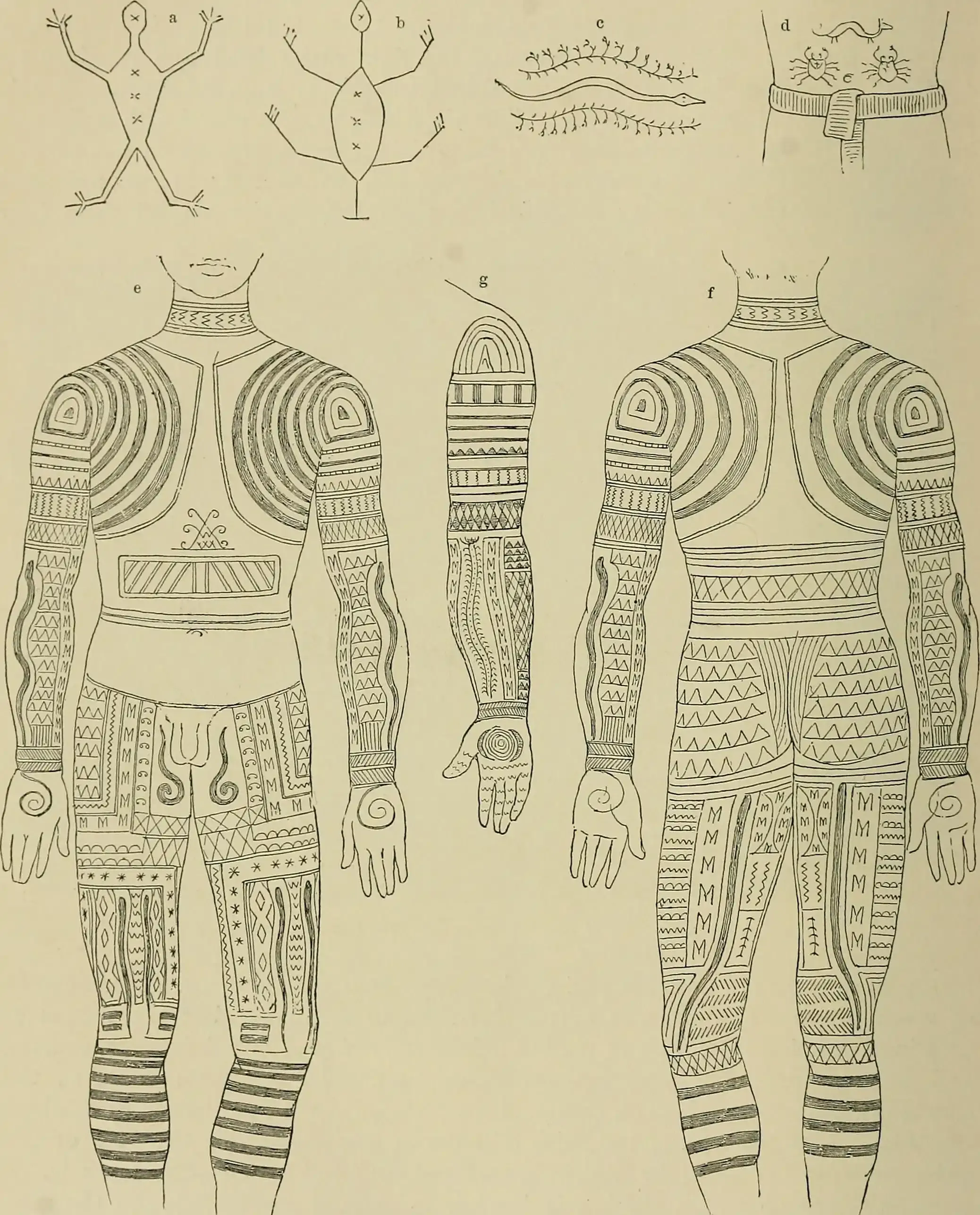
Dragons: Power, Wisdom, and the Elements
When you think of tattoo designs japanese, the dragon is probably one of the first images that pops into your head. And for good reason. Japanese dragons, or Ryū, are less about hoarding gold and more about power, wisdom, and control over natural forces like water, wind, and fire. They aren't inherently evil; often, they're seen as benevolent protectors. A dragon coiling around an arm or across a back isn't just a cool picture; it symbolizes strength, courage, and sometimes, a quest for wisdom. Different colors and types of dragons can carry slightly different meanings, but the core idea is a powerful, often spiritual, force.
Koi Fish: Swimming Against the Current of Adversity
Another absolute staple in tattoo designs japanese is the Koi fish. These aren't just fancy goldfish. The Koi symbolizes perseverance, strength, and overcoming obstacles. The legend goes that Koi fish swim upstream, battling rapids and waterfalls, to reach the top of a mountain where they transform into dragons. Getting a Koi tattoo, especially one swimming upwards, represents the struggle and determination required to achieve one's goals, even when the odds are stacked against you. A red Koi might symbolize love or energy, while a black Koi could represent overcoming difficulty. The direction the fish is swimming often matters too.
- Other Popular Tattoo Designs Japanese and Common Meanings:
- Hannya Mask: Represents complex human emotions, often jealousy, sadness, or anger (sometimes interpreted as protection against evil).
- Tiger: Symbolizes strength, courage, and protection against bad luck or evil spirits.
- Phoenix (Hou-ou): Represents rebirth, resilience, and immortality.
- Cherry Blossoms (Sakura): Symbolize the transient nature of life, beauty, and mortality. Often used as filler.
- Waves (Nami): Represent power, change, and sometimes, the cycles of life. Also a common background element.
The Art of Tebori vs. Modern Tattoo Designs Japanese
The Art of Tebori vs. Modern Tattoo Designs Japanese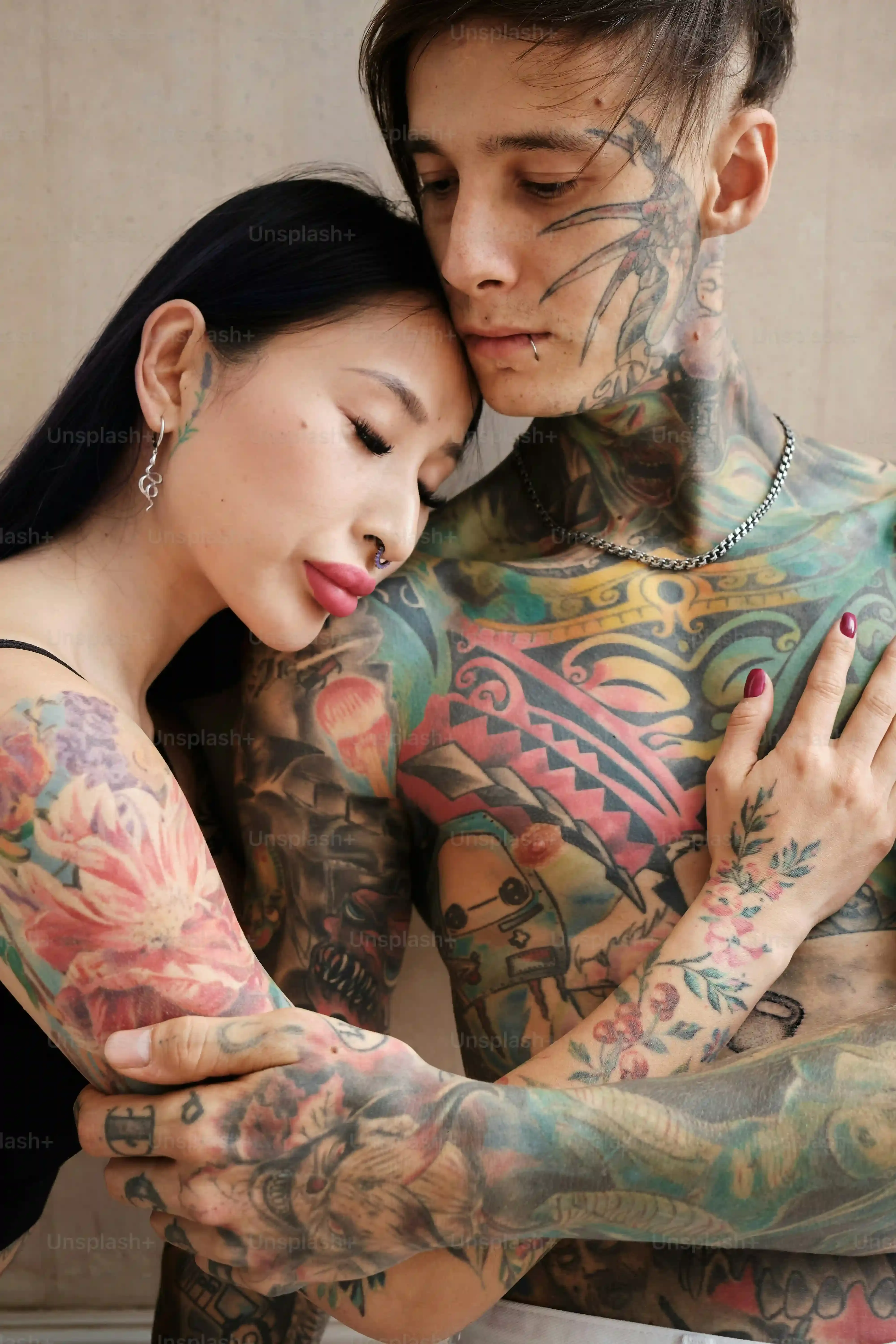
The Art of Tebori vs. Modern Tattoo Designs Japanese
let's talk about how these incredible tattoo designs japanese actually get onto the skin. You've got two main paths here: the old-school, traditional Tebori method, and the modern electric machine. Think of Tebori as painting with needles attached to a stick, applied by hand. It's a rhythmic, manual process where the artist pushes bundles of needles into the skin with a specific motion. It's labor-intensive, often slower than machine work, and requires immense skill and control. The ink is applied layer by layer, building up color and shading with a unique texture that many purists swear by. It's not for the faint of heart, either on the artist's side or the client's, and sessions can be quite long.
Then you have the electric tattoo machine, the standard tool in most shops worldwide. This method uses needles powered by a motor, moving rapidly in and out of the skin. For tattoo designs japanese, machines allow for faster outlining, packing in large areas of color efficiently, and creating smooth gradients. Most contemporary Japanese-style tattoos you see outside of traditional studios are done this way. It's generally considered less painful over large areas compared to Tebori by many clients, and it allows artists to work more quickly, making large-scale pieces potentially more accessible.
Feature | Tebori (Traditional) | Machine (Modern) |
|---|---|---|
Method | Hand-poked with rods and needles | Electric machine with needles |
Speed | Slower, requires more sessions | Faster, covers area more quickly |
Texture | Unique, often described as 'brushed' | Smoother, more uniform |
Pain Level | Often described as a duller, sometimes intense ache | Can be sharp, buzzing, or vibrating |
Cost | Generally higher due to time and skill | Varies, potentially lower per hour |
Choosing between Tebori and machine for your tattoo designs japanese isn't just about the process; it can influence the look and feel of the final piece. Tebori often results in a softer, more organic look with a distinct texture that's hard to replicate with a machine. Some argue that the color saturation achieved with Tebori is richer and lasts longer. Machine work, on the other hand, can produce incredibly crisp lines and smooth shading, allowing for different artistic interpretations of traditional motifs. It really boils down to artist preference, client preference, and the specific aesthetic you're going for.
Think of it like comparing a hand-painted masterpiece to a high-quality print. Both can be stunning representations of the same subject, but the process and the subtle nuances in the final product are different. When you're looking at tattoo designs japanese and considering which method to use, it's crucial to talk to artists who specialize in both or have deep knowledge of traditional techniques. They can explain the pros and cons for your specific design idea and skin type.
Choosing Your Tattoo Designs Japanese: What to Ask Your Artist
Choosing Your Tattoo Designs Japanese: What to Ask Your Artist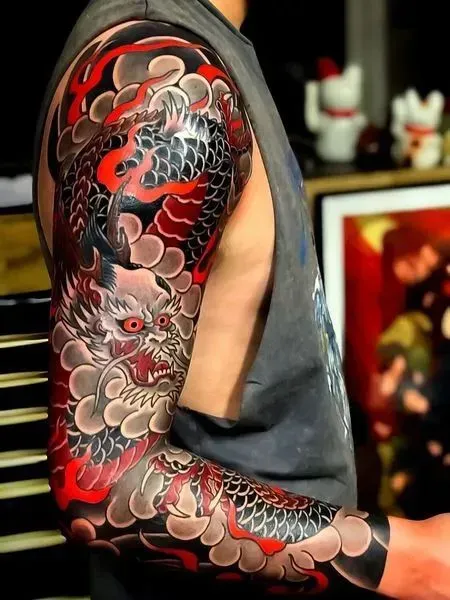
Finding the Right Artist for Your Vision
you've been hooked by the history and symbolism of tattoo designs japanese. Now comes the big step: finding someone to actually put this incredible art on your skin. This isn't like picking a random artist for a small symbol. Traditional Japanese tattooing, whether done with Tebori or machine, requires specific skills, a deep understanding of the motifs, and a commitment to the style's rules and flow. You need an artist who *specializes* in Irezumi or Japanese-style work. Look at their portfolio. Do their lines look clean? Is the shading smooth? Do their dragons look powerful and their koi look dynamic? Pay attention to how they handle the background elements – the waves, wind bars, or clouds – as these are crucial to tying the whole piece together. A good artist won't just copy a picture; they'll understand how the design needs to fit and flow with your body.
Talking Symbolism and Design Details
Once you've identified potential artists, schedule a consultation. This is your chance to discuss your ideas for tattoo designs japanese and see if you connect with the artist. Come prepared with some concepts, but be open to their expertise. A skilled Irezumi artist knows which motifs work well together, how they traditionally interact, and what placement makes the most sense for a large-scale piece like a sleeve or back piece. Don't just say "I want a dragon." Talk about the *kind* of dragon, the feeling you want to evoke, and what other elements you might want included. Understanding the symbolism we discussed earlier is key here. You want a piece that looks amazing but also resonates with you personally and respects the tradition.
- Key Questions to Ask Your Japanese Tattoo Artist:
- How long have you been specializing in Japanese tattooing?
- Can I see examples of healed work in this style?
- What's your process for designing a full piece?
- How do you approach traditional symbolism?
- Are you experienced with Tebori, or do you primarily use a machine?
- What's the estimated number of sessions and overall timeline for this piece?
- How do you handle touch-ups or potential issues?
Planning the Placement and Process
During the consultation, you'll also discuss placement and the overall process. Tattoo designs japanese are often designed to fit specific parts of the body, flowing with the muscles and bone structure. A good artist will help you figure out the best location for your design, considering how it will look over time and how it interacts with the body's movement. They'll also give you a realistic idea of the time commitment. Full sleeves, back pieces, or body suits are significant undertakings, requiring multiple, often long, sessions spread out over months or even years. Be upfront about your budget and timeline constraints, but also understand that quality, especially in this style, takes time and costs money. Rushing a large Japanese piece is a recipe for disappointment.
Living with Your Tattoo Designs Japanese: Care and Cultural Context
Living with Your Tattoo Designs Japanese: Care and Cultural Context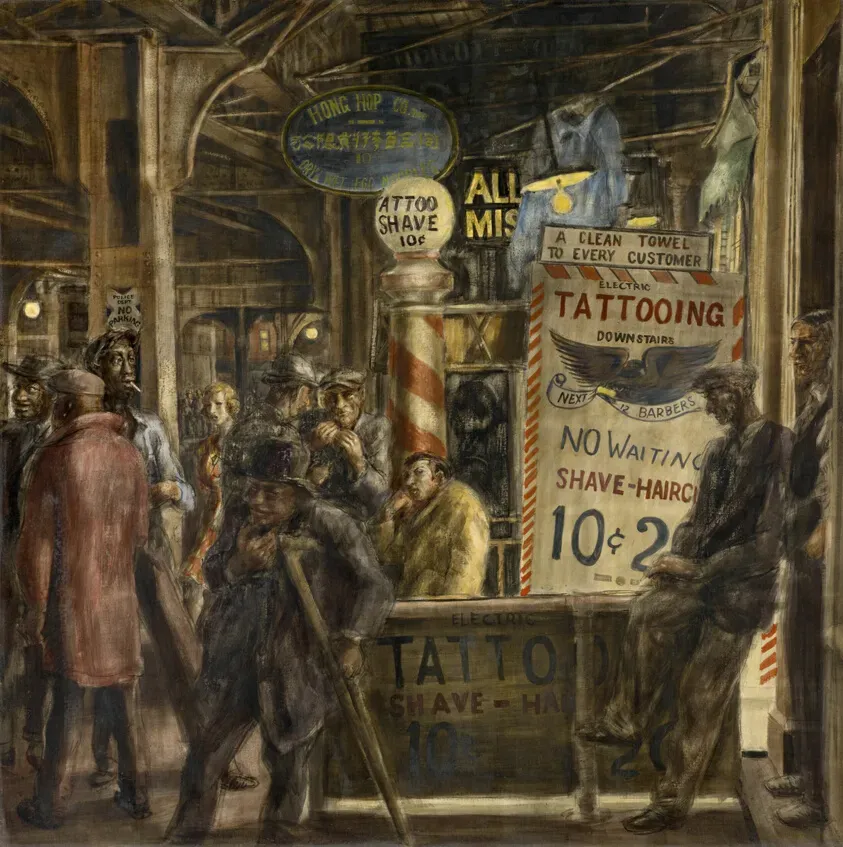
Keeping Your Investment Looking Sharp: Tattoo Aftercare
so you've sat through the hours, maybe even days, of getting your incredible tattoo designs japanese. That's just step one. Now comes the critical part: taking care of it. Think of your new tattoo like an open wound – because that's essentially what it is. Proper aftercare isn't optional; it's mandatory if you want your piece to heal correctly and look vibrant for years to come. Your artist will give you specific instructions, and you absolutely must follow them to the letter. Usually, this involves keeping it clean with mild soap and water, applying a thin layer of recommended ointment or lotion, and keeping it out of direct sunlight.
Ignoring aftercare is a sure way to end up with a faded, patchy mess, or worse, an infection. Sunlight is the enemy of healed tattoos, especially large pieces with intricate shading like many tattoo designs japanese. Always use a high SPF sunscreen on your healed tattoo when it's exposed. It’s a long-term commitment, just like the tattoo itself. Don't skimp on the lotion, don't pick at scabs, and definitely don't go soaking it in a hot tub or pool until it's fully healed.
Navigating the Waters: Cultural Perception in Japan
It's important to talk about the cultural context of tattoo designs japanese, especially if you ever plan to visit or live in Japan. While Irezumi has gained global popularity as an art form, the historical association with the yakuza still creates a degree of stigma within Japan itself. You might find yourself denied entry to public baths (onsen), swimming pools, some gyms, or even certain restaurants. This isn't always the case, and attitudes are slowly shifting, especially among younger generations and in tourist-heavy areas, but the ban in many public spaces remains a reality.
Having a large, visible Japanese tattoo can sometimes make everyday interactions a bit awkward or lead to unwanted attention. It's a strange dichotomy: a revered art form globally, yet still carrying baggage in its country of origin. Be aware of this potential friction. It doesn't diminish the art or its meaning to you, but understanding the local perspective is part of appreciating the full story of tattoo designs japanese.
Considering getting a Japanese tattoo? Ask yourself:
- Have I researched the specific meaning of the design elements I want?
- Am I prepared for the time and cost commitment of a large-scale piece?
- Do I understand the necessary aftercare and long-term maintenance?
- Am I aware of the potential cultural perceptions, particularly if I travel to Japan?
The Last Word on Japanese Tattoo Designs
Stepping into the realm of tattoo designs japanese is clearly more involved than picking a cool picture off a screen. We've covered the long haul from ancient spiritual markers to intricate modern masterpieces, delving into the layers of meaning woven into every dragon scale, koi fin, and wave crest. Understanding the history, the symbolism, and the sheer dedication involved, whether through the rhythmic tap of Tebori or the hum of a machine, underscores that these aren't impulse decisions. They are significant commitments, carrying weight and history. So, if you're considering one, do your homework, find an artist who respects the tradition, and be prepared for a piece of art that tells a story far older than you are.